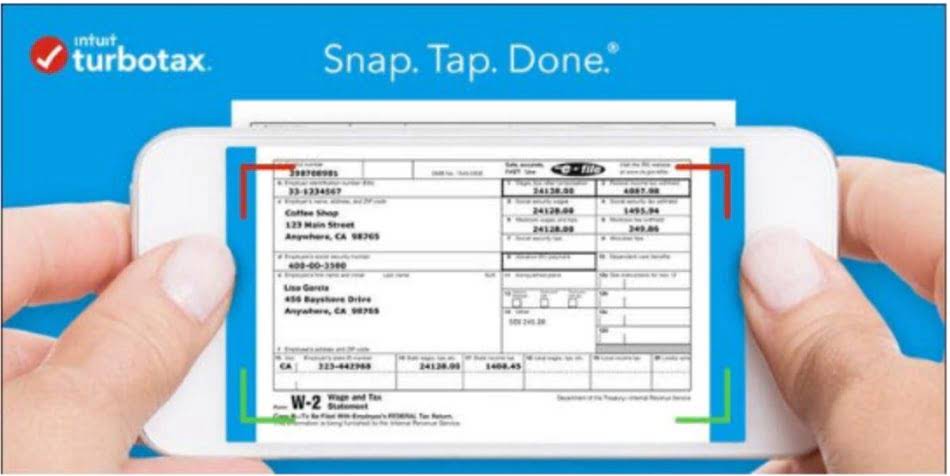
Companies can implement business process automation software as part of their digital transformation strategy to improve efficiency. BPA differs from other automation types due to its complexity and integration with multiple enterprise IT systems. Organizations use business process model notation (BPMN) what does bpa mean in business diagramming and supplier, input, process, output, customer (SIPOC) model diagramming as two workflow solutions for better operations.

Introducing Identify: Securing the Entire Customer Journey
BPA can also transform IT service desk operations by automating ticket routing, prioritization and resolution processes. This speeds up response times and enhances the overall quality of service. As more data is collected on the harmful effects of endocrine disruptors, regulators must keep up with the current science. This includes a reevaluation of class-based approaches to regulating chemicals.
Stop Healthcare Fraud Before It Starts With Identity Verification In Medical Licensing
You can uncover potential resistance and pave over any speed bumps through ample upskilling. The solution reduced processing time, increased transparency, and improved supply chain traceability within their operations. The study revealed that on average, workers spend more than 142 minutes each day on administrative tasks, paperwork, and data entry. We’re so busy with busy work, that 90% of us don’t have time in our day to focus on creative business ideas. Red Hat Ansible Automation Platform includes all the tools needed to share automation across teams and implement enterprise-wide automation. When managed ad hoc, these workflows typically involve multiple email threads, documents, and handoffs.
How does BPA relate to business process analysis?
Industries using the BPA strategy experience a 20–35% efficiency boost while reducing processing timelines by more than half. BPA refers to the automation of business processes, typically using digital tools to perform tasks normally done by humans. Forrester Research has replaced the term BPM with DPA-deep and DPA-wide to reflect the evolution of BPM software. For example, giving no-code automation platforms to nondevelopers lets them automate workflows and customize apps quickly, without forcing developers or programmers to do so.
business process automation (BPA)
Once that is complete, the payment can be made, added to the financial overview and filed. In most cases, such benefits aren’t the primary reasons for adopting BPA. What’s more, you may think that these benefits only work for a couple of specific businesses, but they work for businesses from many different industries. Those tedious tasks that often take up more time for employees are eliminated from their work week, allowing them to focus on what is important for both themselves and the company. This sense of importance leads to better overall happiness in their work.
- BPA can operate 24 hours a day, 7 days a week, with no need for downtime, rest, or time off.
- BPA solutions are often tailored to meet an organization’s specific needs and can integrate with various data systems and APIs to automate workflows across departments.
- Finally, BPAs can help you create a better process flow that keeps pace with changes in your organization.
- Many RPA solutions are easily installed prebuilt software tools that run on top of existing systems without connecting to databases or accessing application programming interfaces (APIs).
- Most businesses can benefit from the implementation of business process automation (BPA).
- Data that normally could only be processed by a human, could now be taught to an AI so that business processes could increasingly be extended to computers.
- Across all industries, teams doing change management and digital transformation projects must address and deal with complex, often longstanding, processes with a long list of dependencies.
In certain situations, such as B2B sales pipelines, human interaction is a must. Also, consumer-facing sales people often do a better job selling than machines can. In addition, business process management software is evolving, as leading BPM vendors in this space — such as Appian and Pega — add RPA, AI and low-code/no-code capabilities. These types of advanced technologies facilitate BPA strategies in various ways. BPA is a crucial tool for many businesses because it brings a range of improvements to business functions.
- Business process automation (BPA) is letting technology take repetitive yet necessary tasks out of your hands.
- Machine vision algorithms could perform tasks like estimating insurance damages.
- The primary goal of BPA is to enhance operational efficiency, reduce human error, standardize processes and allow employees to focus on strategic tasks.
- At present, sophisticated algorithms are able to perform increasing types of data analyses formerly executed by human employees.
- Industry has been extremely resistant to the idea of a class-based approach to regulating chemicals.
- Also, AI and machine learning systems can analyze data and look for new approaches that optimize existing workflows.
Step 4: Identify opportunities for improvement
BA, on the other hand, looks at the big picture of your business as a whole. But how do businesses ensure their processes are efficient, effective, and adaptable? Instead, applying HR process automation solutions (for example, chatbots) to onboarding and HR functions would save an enormous amount of time and for employees and HR team members. Businesses, therefore, save money as staff time would be used more efficiently.

Business process analysis (BPA) vs. business analysis (BA): What’s the difference?
They are the backbone of any organization and can make or break a company’s success. With process automation solutions, the majority of this manual work could be automated. Software systems can’t make purchasing and finance decisions, of course. Business process analysis (BPA) can help your organization create a documented, mapped path to integrating automated processes and moving toward a goal retained earnings of hyperautomation. As an example, moving from a hybrid to fully automated customer chatbot support is one way service centers lower costs and optimize customer support with hyperautomation. There might be a little confusion about the difference between business process analysis (BPA) and business analysis (BA).
New Tools Enable Customers to Sign More Things with Proof

BPA is the overarching term for automating complex business processes using software solutions to streamline tasks that typically require manual intervention. BPA solutions are often tailored to meet an https://www.bookstime.com/ organization’s specific needs and can integrate with various data systems and APIs to automate workflows across departments. Business Process Outsourcing (BPO) is a way for companies to streamline operations by hiring external firms to handle specific tasks.
